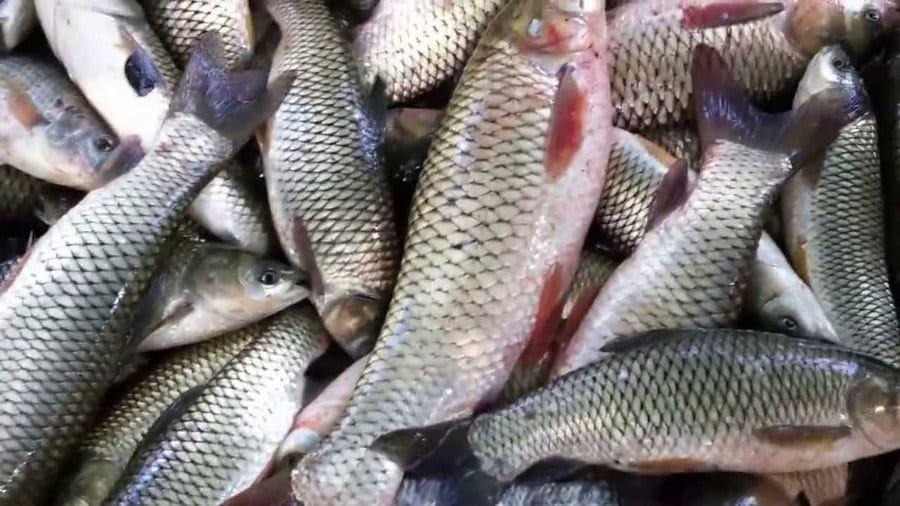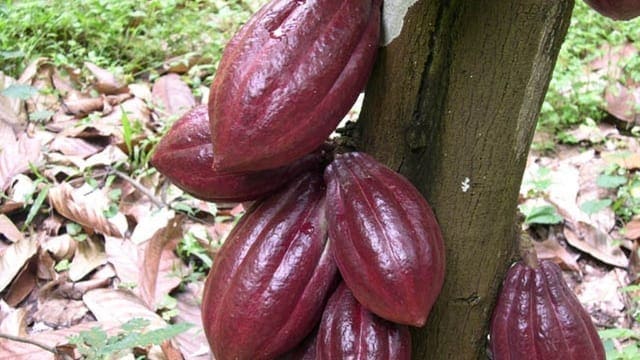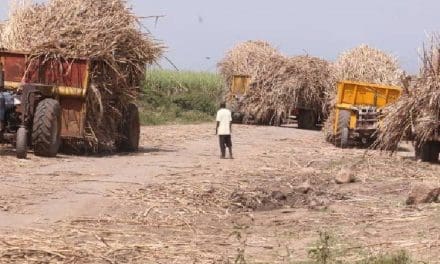GLOBAL— A study published by The National Confectioners Association (NCA) in collaboration with nonprofit foundation As You Sow, highlights the sources of lead and cadmium in cocoa and chocolate and recommends future reduction measures.
The study notes that cocoa plants take up cadmium from soils via their roots and deposit it in the nibs (centre) of cocoa beans, either through natural or man-made sources.
Reducing cadmium levels without compromising taste characteristics will require blending low and high cadmium beans in the short-term, and changes to soil composition or cocoa genetics over time.
Interestingly, the experts discovered that lead is not taken up through the roots of cocoa plants but adhere to the outer shells of cocoa beans after they are extracted from the pods, from many sources, including soil, dust, and deposition from power plants.
The study found that where feasible, minimizing soil contact and the potential for aerial deposition in all stages of the harvesting process, and optimizing contaminant removal during subsequent bean cleaning, roasting, and shell removal should help reduce lead levels in finished products.
While significant lead reductions can be expected within the first year of implementing new handling practices, Cadmium reductions beyond those achieved through blending and potential changes in farming practices, including soil treatment and planting new tree stock, will take longer.
The study found that where feasible, minimizing soil contact and the potential for aerial deposition in all stages of the harvesting process, and optimizing contaminant removal during subsequent bean cleaning, roasting, and shell removal should help reduce lead levels in finished products.
Emily Stone Co-Founder/CEO Uncommon Cacao, a sustainable and transparent exporter of beans sourced from Latin America, as well as other regions said that many smallholder cocoa producers essentially have no control over the cadmium content in their soils because their income does not allow them to purchase agrochemical inputs.
A cheaper alternative
Given the high cost of heavy metal remediation of the soil to the average cocoa farmer the scientists suggest evidence pointing to lime as a relatively cheaper mitigation measure.
“Liming soils brings down the acidity, making cadmium less soluble and less likely to be taken up by plants,” says assistant professor Andrew Margeno, and one of the scientists involved in the research
In their review, the scientists noted the difficulty of fighting soil chemistry on anything. They posited that breeding cacao varieties or rootstocks that are less susceptible to uptake might be the most viable cadmium mitigation measure.
This is however difficult to realize considering most of the world’s fine cacao is grown by small farmers, that cannot really afford to invest in genetic breeding.
Liked this article? Subscribe to Food Business Africa News, our regular email newsletters with the latest news insights from Africa and the World’s food and agro-industry. SUBSCRIBE HERE.










